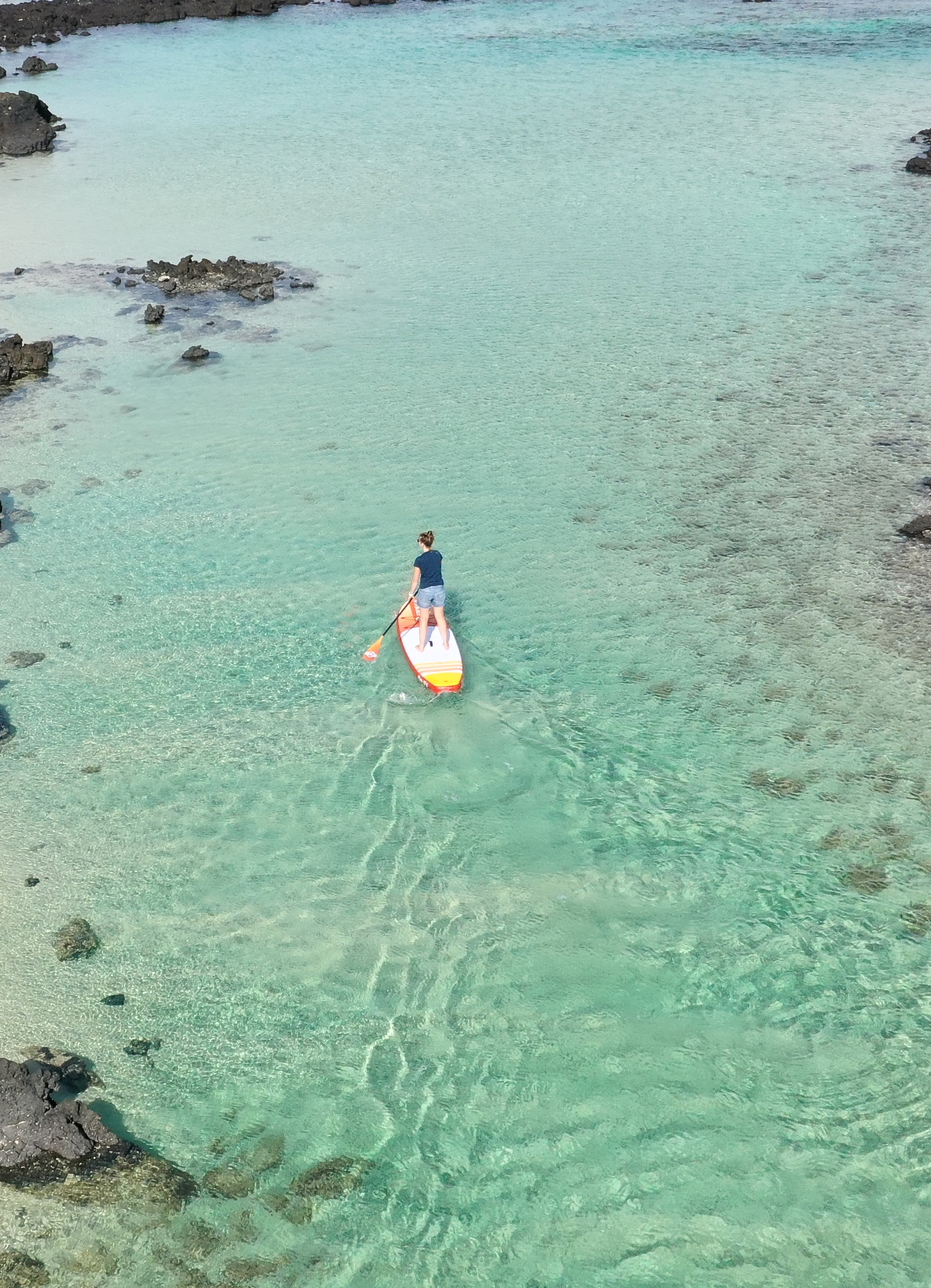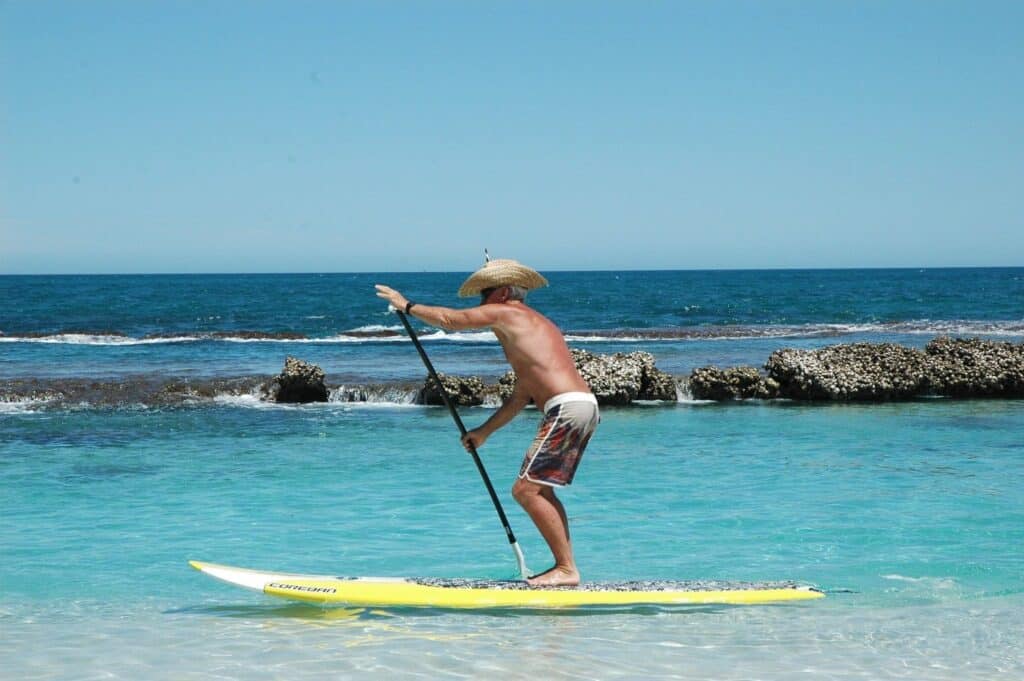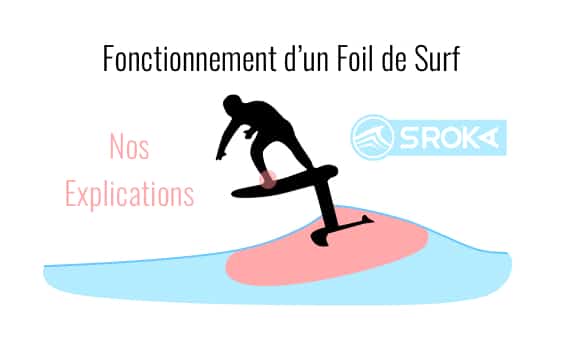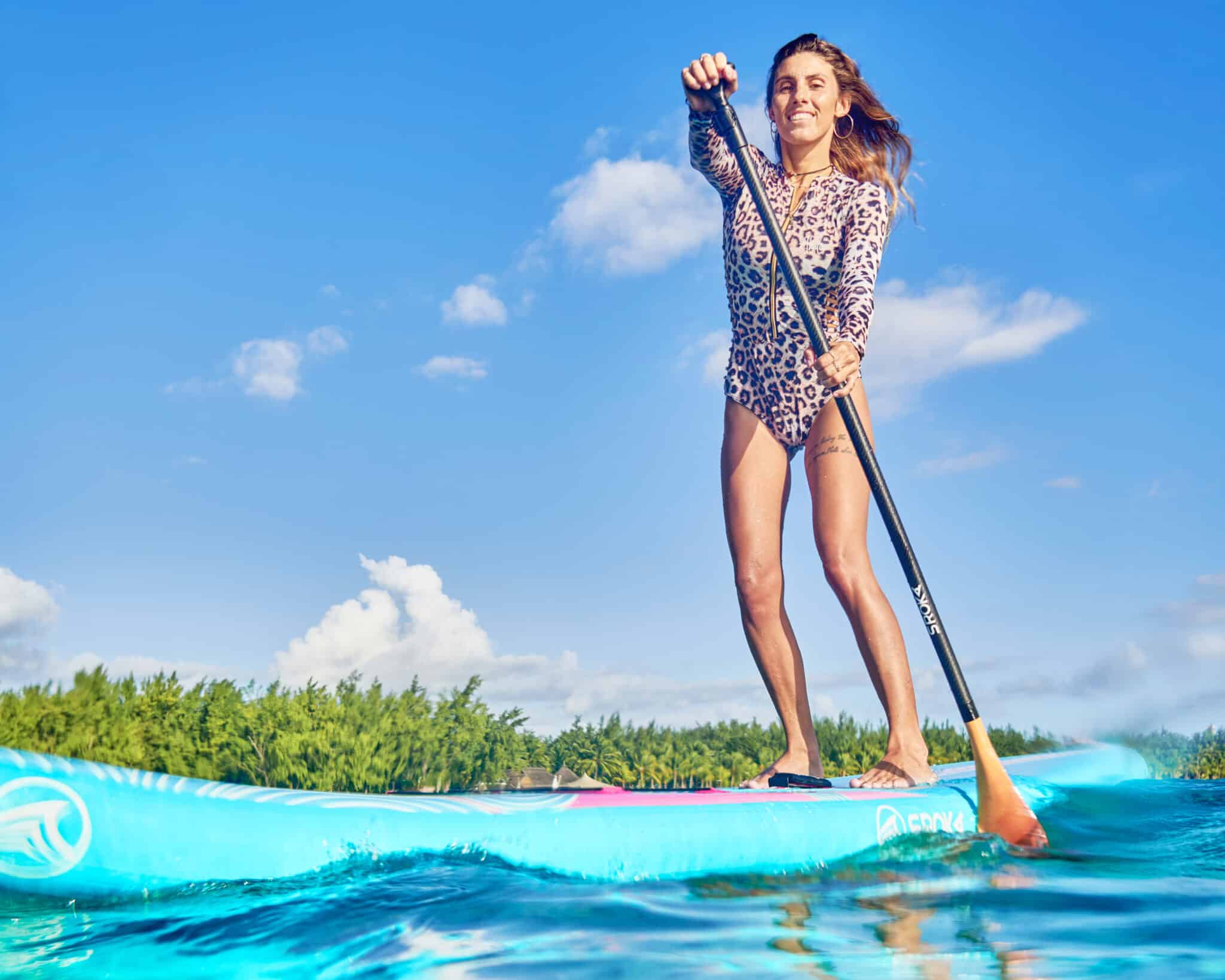Louis-Arnaud surf-foil in Mauritius, equipped with the Fast Flyer 4’6 board and the High Aspect 1190 Lift S-foil Summary Composition of a surf foil Principles …
The Differences Between a Carbon vs Aluminum Paddle Paddle
In general, we can draw a parallel between the paddle and the car in order to better understand the differences between materials and variations in performance. If the exterior shape of the car matches that of a paddle board, then the car’s motor is equivalent to the paddle. An aluminum paddle is comparable to a small displacement, while a carbon paddle represents a powerful, responsive, and high-performance motor.
Depending on your practice, it is wise to opt for a carbon paddle paddle to optimize performance. In this article, we will detail all the characteristics of aluminum and carbon paddles to help you make the right choice for your practice of inflatable stand up paddle.
Understanding of materials
The Aluminum Paddle
Benefits:
- The aluminum paddle is affordable, sturdy, and easily accessible.
- It’s perfect for beginners, offering a solid option even if you bump into it against rocks.
- Ideal for family use, especially with children who can play without the risk of breakage.
Disadvantages:
- Poids and responsiveness: Aluminum is heavier and not very reactive. If you paddle for long periods of time, you will feel the weight bothering you.
- In addition, the aluminum paddle lacks responsiveness. When you dip the blade into the water, the shaft will deform before returning to its normal shape, resulting in a slight reaction time. This feature reduces efficiency and leads to energy loss.
The cost of an aluminum paddle is around 60 euros.

The Carbon Paddle
Benefits: The carbon paddle is renowned for its responsiveness and lightness.
- It offers superior performance thanks to its responsiveness.
- Its light weight facilitates performance, reducing the effort required to cover the same distance.
Just like aluminum paddles, carbon paddles come in different sizes. You can opt for an adjustable paddle, adaptable to all body types, or for a fixed paddle adjusted to your size.
However, there are two major drawbacks to carbon paddles:
- Their fragility: they are more sensitive to impacts and require special attention.
- Their high price: it costs about 180 euros for a good carbon paddle.
The 50% carbon paddle with a plastic blade: another alternative!
A third alternative exists: the carbon paddle (usually composed of 50% carbon and the rest fiberglass) with a plastic blade.
This interesting option combines the lightness and responsiveness of a carbon paddle with the strength of a plastic blade, similar to that of aluminum paddles.
The advantageous price for this option is around 120 to 130 euros, while offering good performance.


Which paddle to choose according to your use?
- If you’re going for an occasional ride, opt for an aluminum paddle for its strength and affordability.
- In a paddle wave practice, go on a quality carbon paddle because you will need nervousness and reactivated to succeed in catching a wave.
- If you are looking for a performance and/or long-distance paddle, We advise you to go for a light and nervous paddle and therefore a carbon paddle. So you’ll be able to cover more distance with less effort. As a result, you will have a better return.

Tips for choosing your paddle
Consider how often you practice. If you plan to go in the water regularly, choose a quality paddle. On the other hand, if your outings will be occasional, an aluminum paddle should be more than enough.
Budget / Price for a paddle paddle
Budget is an essential criterion to consider. Here are some options:
Aluminum paddle board
: Price around 60 euros.
50% carbon sup paddle with plastic blade
: Costs between 120 and 130 euros.- Removable paddle paddle 50% carbon with carbon blade : Count about 180 euros.
-
Paddle paddle 60% Carbon
: Count about 180 euros.
Paddle size
Depending on your discipline (surfing, running, walking), the length of the paddle will have to be adapted.
- For surfing and running, a shorter paddle is recommended
- For rides, you can opt for a slightly larger size
Bottom line: Your paddle is the equivalent of your car’s engine. The higher its efficiency, the greater your rowing efficiency will be. The carbon paddle offers the best performance, but it has the disadvantage of being more fragile and more expensive. If you practice paddling occasionally, I recommend the option of the carbon shaft with a plastic blade, which is a great compromise. On the other hand, if you’re new to paddle boarding, an aluminum paddle will do the trick perfectly. Remember that the paddle can be changed, but a good paddle can accompany you for a long time without needing a replacement.
For more information on how to adjust your paddle, we advise you to look at this article.
Go on a paddle adventure, don’t forget to have fun!
If you still have questions about this, or for any other request, please do not hesitate to contact us !
Article you may be interested in
Did you know that paddle boarding is a great way to strengthen your body? Not only does this activity allow you to escape on the …
Are you looking for an inflatable paddle board for the summer to sail at sea or in lakes? The inflatable paddle board really has a …
What is Wing Foil? Wing Foil is the latest in board sports. This consists of manipulating a wing held with both hands (“wing”) with a …





